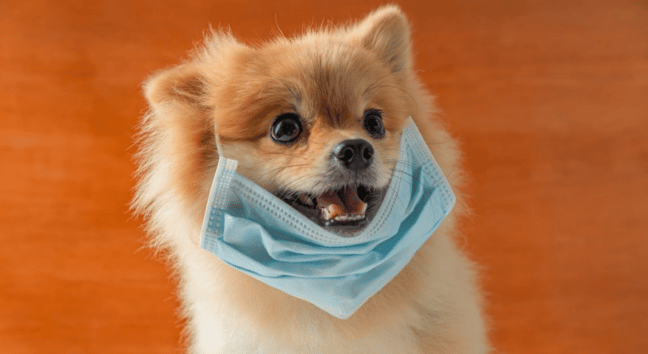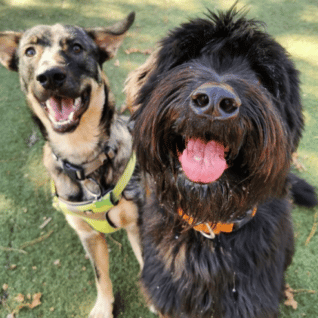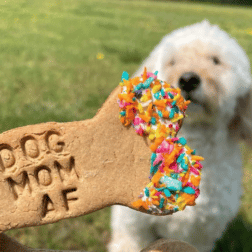Let’s face it: the Covid-19 pandemic has greatly altered the definition of “normal” for people all across the globe. Along with adjustments to our professional, educational, and social lives, we also fell into some bad habits – like putting the “Freshman Fifteen” to shame with our stress-eating and lack of exercise. But, when everything is said and done, there is something positive that came from shelter-in-place and social distancing protocols – adoption rates soared! Paw yeah!
Being confined indoors opened the gateway for dog-loving humans to make time for training and integrating a new pup into their pack. And, speaking from personal experience, the comfort and companionship of a fur friend is beyond appreciated during a time filled with so much fear and uncertainty.
The difficult part? Finding the right resources and sifting through the sea of information surrounding things like housebreaking, training, finding the right veterinarian, etc. Luckily, there are a few simple ways to begin with the right foundation, so you can ultimately find your rhythm and enjoy a lifetime of rebarkable moments with your pooch.








